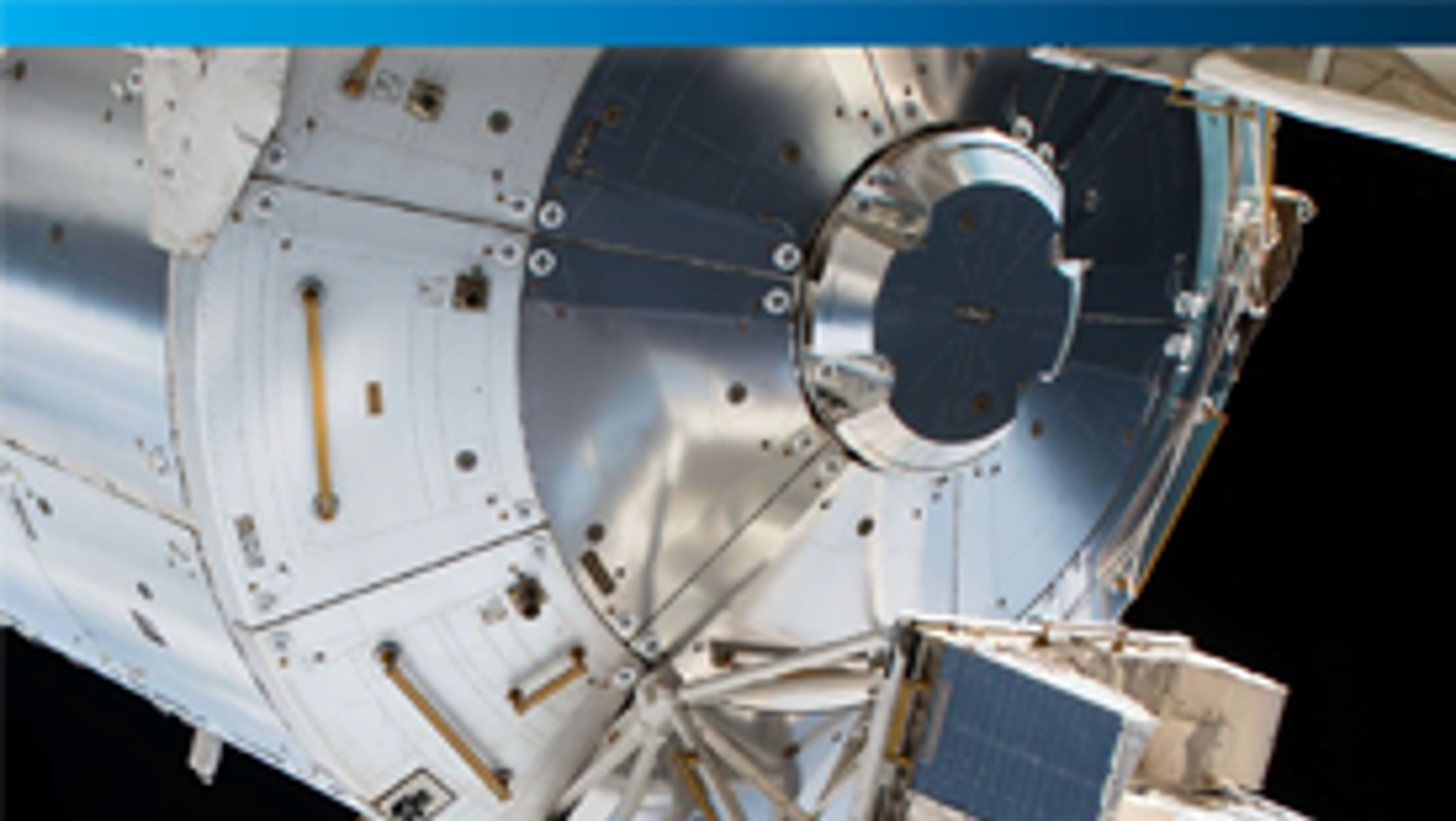BepiColombo is Europe's first mission to Mercury to study the surface and internal composition of the planet, the magnetosphere. Arrival is scheduled in 2025.
BepiColombo, an ESA mission being conducted in cooperation with Japan, will explore Mercury, the planet closest to the Sun. Europe's space scientists have identified the mission as one of the most challenging long-term planetary projects, because Mercury's proximity to the Sun makes it difficult for a spacecraft to reach the planet and to survive in the harsh environment found there. The scientific interest in going to Mercury lies in the valuable information that such a mission can provide to enhance our understanding of the planet itself as well as the formation of our Solar System; information which cannot be obtained with observations made from Earth.
BepiColombo set off on its journey in October 2018. When it arrives at Mercury in late 2025, it will endure temperatures in excess of 350°C and gather data during its one-year nominal mission, with a possible one-year extension. The mission comprises two spacecraft: the Mercury Planetary Orbiter (MPO) and the Mercury Magnetospheric Orbiter (MMO). BepiColombo is a joint mission between ESA and the Japan Aerospace Exploration Agency (JAXA), executed under ESA leadership.
We are involved in critical aspects of this exciting and challenging project. We have been directly involved in the preparation of the mission for more than 15 years and will continue to be part of the mission operations during its flight to Mercury.

The mission
Giuseppe Colombo
The mission to Mercury is named after Prof. Colombo. Giuseppe (Bepi) Colombo (1920-1984) was a mathematician and engineer of astonishing imagination, whose bald head and grey moustache were familiar in the corridors of both ESA and NASA. Apart from his work on Mercury, Colombo invented tethers for tying satellites together.
Learn more about the missionOur Major contributions to BepiColombo include:
- At Terma, we provided the power unit for the MTM, the biggest and most advanced Power Conditioning and Distribution Unit (PCDU) developed by Terma building on the success of power units provided for other interplanetary missions including the comet-chasing Rosetta, Mars, and Venus orbiting spacecraft. This high power 14 kW unit provides the electrical power for the Mercury Transfer Module, including two ion propulsion thrusters that will drive BepiColombo to Mercury during the entire journey. In addition, it provides power for MPO until arrival at Mercury. The power distribution technology developed by Terma for this specific mission has formed the technological base for contracts on six similar advanced power units for four different European missions.
- We provided the Central Checkout System (CCS), used for testing the BepiColombo spacecraft subsystems during their assembly and integration by Airbus in Friedrichshafen, Germany. This was the first fully virtualized deployment of such a system. We also provided the Test Sequence Controller (TSC) software for the equipment used for testing the 12 instruments integrated on board BepiColombo, giving the springboard to TSC becoming the commercial success it is today.
- We are a key part of the industrial team that developed the Mission Control System (MCS). The MCS is the system used by the spacecraft operators at the European Space Operations Centre (ESOC) in Darmstadt, Germany, for monitoring and controlling the BepiColombo spacecraft. With the main development work performed between 2011 and 2013, Terma has continued to maintain and support the system. Since May, a dedicated team of three Terma staff members has been located at ESOC providing support for the MCS software operations and participating in simulations in preparation of the launch campaign. This team will be part of the launch team during the three-day launch and early orbit phase.
- Also located at ESOC are three Terma Flight Dynamics specialists, providing support for spacecraft maneuver optimization and test and validation of the flight dynamics software.
- Finally, on console at ESOC, performing spacecraft operations as part of the BepiColombo Flight Control Team, will be Alkan Altay, a Terma Attitude and Orbit Control System (AOCS) Operations Engineer.
Need more details?
Then download our solution materials






